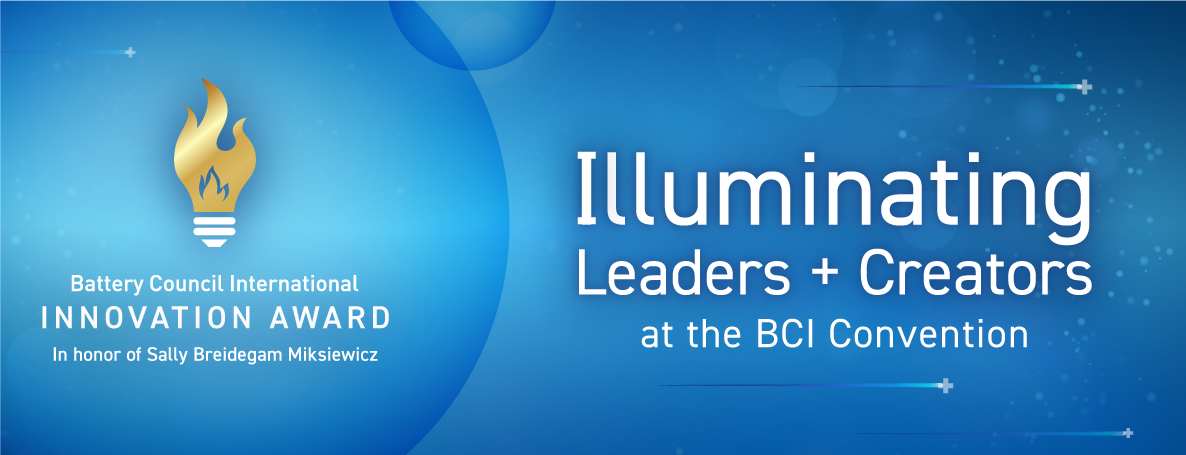The BCI Innovation Award in honor of Sally Breidegam Miksiewicz recognizes innovations within the battery industry that align with the guidelines of sustainability, safety, cost, performance, uniqueness and value.
The application process for the 2025 Innovation Awards is currently closed. Awards will be announced at the 2025 BCI Convention + Power Mart Expo.



